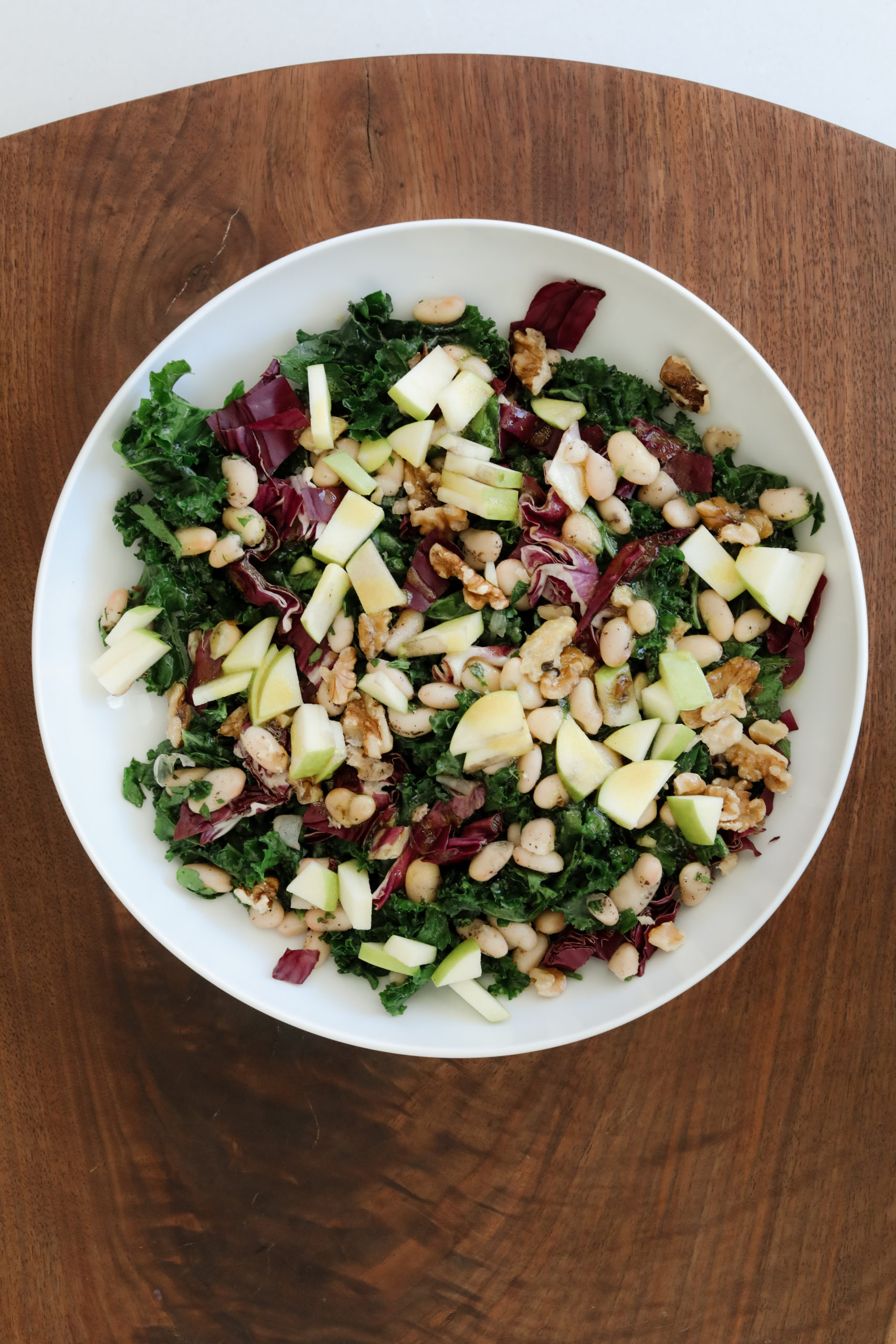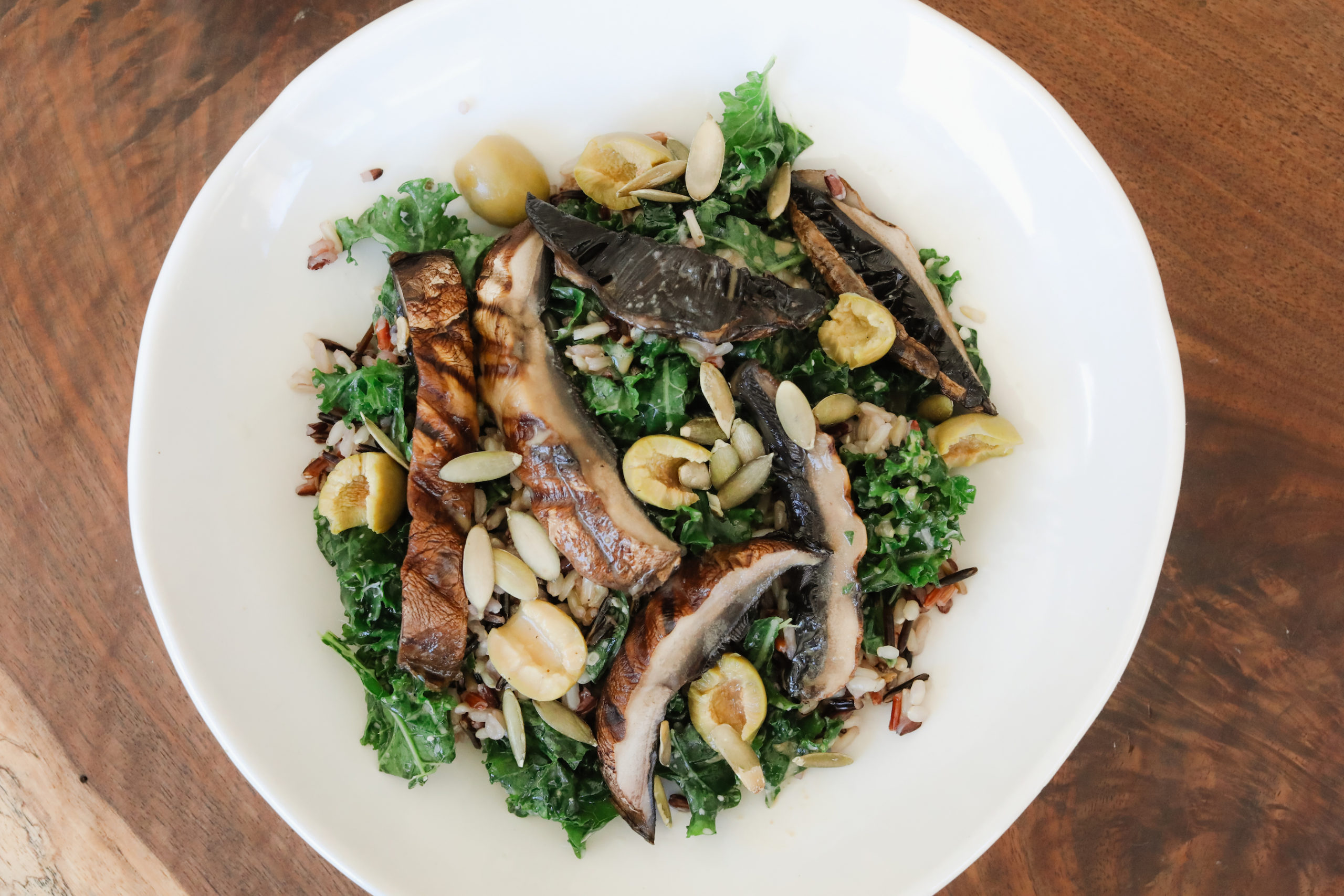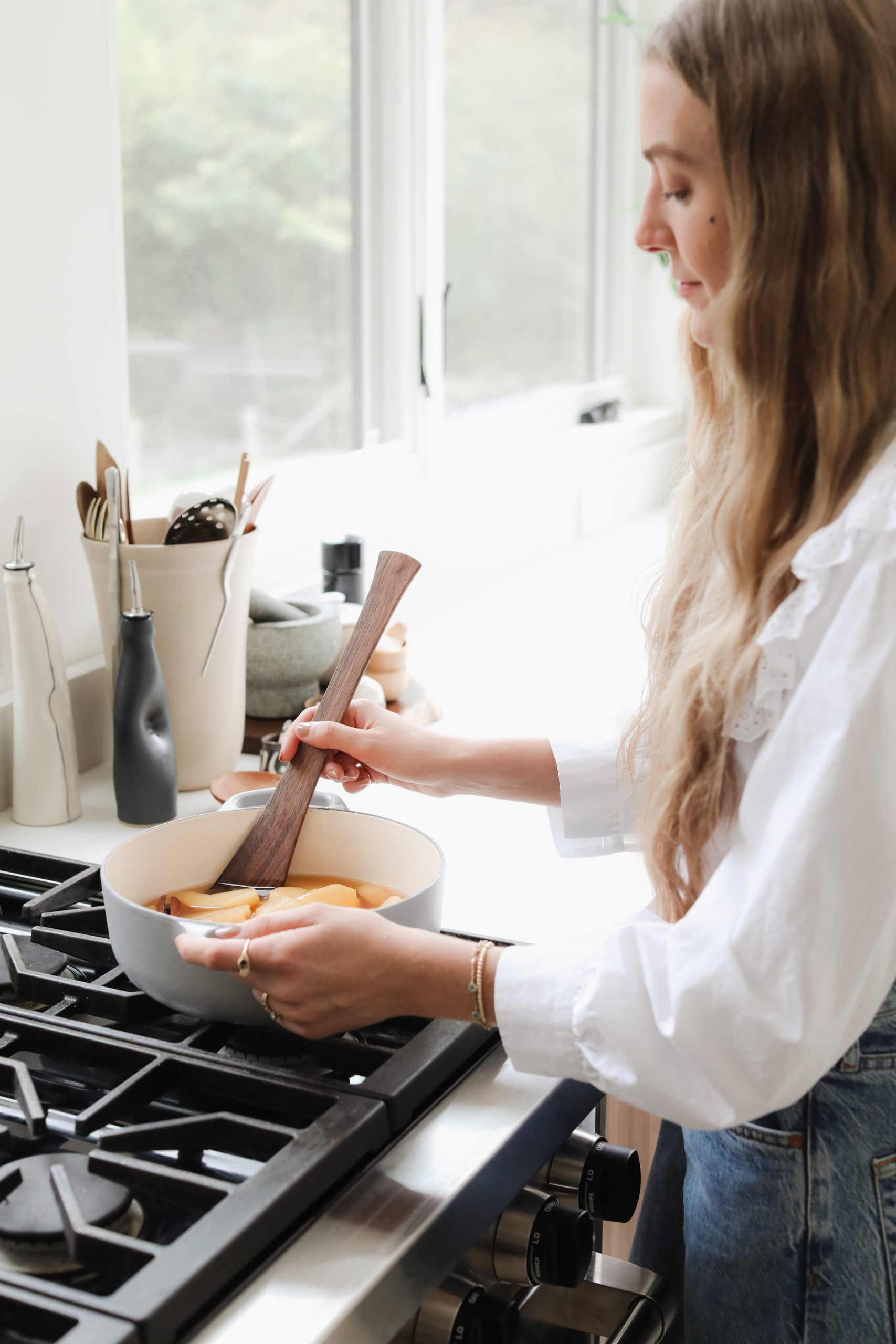Ways to Keep Nutrients Intact When Cooking
Learn how to keep nutrients intact when cooking and preparing food at home!
Cooking methods aren’t one-size-fits-all, certain cooking methods can result in more or less nutrient translation to your end product. Because of this, you can intentionally vary the cooking methods you choose based on the different nutrient makeups of certain foods. Pretty cool, right?
Now does this mean you need to be hyper-vigilant and only use certain cooking methods for certain foods? Absolutely not! But it can’t hurt to learn how to optimize those health benefits and soak up all that nutrition when you can.
Today, discover the basic framework for optimizing the health benefits of the food you’re about to eat so you can get the best nutrient bang for your buck.
Raw Whole Foods
When discussing nutrient utilization, it’s best to start with the original food component – raw fruits and vegetables. By consuming fruits and vegetables in their most natural state, you’re not missing out on any of those great nutrients. For example, a study showed that vegetables deliver the most Vitamin C when consumed raw (1).
So does this mean that here at NS we recommend or encourage a raw-only diet? Nope! We love cooked fruits and vegetables just as much. Research has also shown that cooking can sometimes actually increase the availability of other nutrients such as lycopene and carotenoids. These nutrients are easier for our bodies to digest and use once they’ve been heated.
So what does this mean? A mix of cooked and raw produce is the best way to go. If you don’t already, you can try mixing in some raw snacks and recipes with your typical cooked go-to’s. You can head to the Nutrition Stripped recipe index to find some new ones to try!

Cooked Whole Foods
Let’s now go through each method of cooking produce to discuss the various implications and considerations! That way, you’ll feel fully prepared the next time you’re in the kitchen and would like to prepare a meal that’s jam-packed with nutrition.
Boiling
The first method of cooking we have is boiling. When discussing how to keep nutrients intact while cooking, boiling is a great place to start. It’s a go-to method for quickly preparing foods in a large amount of hot water.
Since water is involved, however, the number of water-soluble nutrients such as vitamin C, B1, and folate greatly decreases after cooking. Studies have shown this to be the case, especially with cruciferous vegetables like broccoli, where it caused great losses of chlorophyll, soluble protein, soluble sugar, vitamin C, and glucosinolates (2, 3).
Therefore it might be a good idea to stick to soups and other broth-based recipes involving leafy greens and boiling water, that way you can keep those nutrients intact in the recipe.
On the flip side, other vegetables have been shown to maintain the highest level of their antioxidants when boiled, like cauliflower, peas, and zucchini (4). So the next time you’re looking for a vegetable to boil, start here!
Grilling
Grilling is a delicious way to enjoy meats and vegetables alike. It’s also a great way to keep nutrients intact when preparing both, especially when we keep the juice of the meat hanging around. It’s a particular favorite of mine in the summer! Especially grilled romaine salad.
To make this yourself, take a head of romaine lettuce and cut it longways. Next, brush the strips with olive oil and sprinkle with a touch of sea salt. Lastly, grill them cut-side down for about 4 minutes or until grill marks are visible.
This is a delicious way to enjoy the flavors of grilling on a salad! Dress and serve as you normally would, I personally like having them with cut strawberries and a splash of balsamic vinegar.

Sautéeing
This method of cooking requires a small amount of fat in a pan, such as extra virgin olive oil. This already starts you off on the right foot when attempting to keep nutrients intact when cooking! A 2015 study showed that when extra virgin olive oil is used for this, the number of antioxidants in the food is actually increased (5). With that fat present, sautéing also helps your body absorb fat-soluble vitamins.
On the other hand, sautéeing actually decreases the amount of vitamin C in vegetables. But in my opinion, the pros outweigh the cons here!
Steaming
Steaming tends to get a bad wrap just because it usually doesn’t pack as much flavor as other heated cooking methods. But with that said, it does allow for the item to cook in its own juice and retain a lot of its natural benefits.
Studies suggest that steaming is the best way to maintain the nutritional quality, i.e. TAC, carotenoids, glucosinolates, sulphorane, folate, phytochemicals, and water-soluble Vitamin B!

Do you find yourself feeling stressed about food?
Sign up to watch my free masterclass today, where you’ll learn about the #1 Habit That Keeps You Struggling With Your Weight and your Relationship With Food — And How To Break Free From The Diet And Food Obsession Starting Now.
You don’t need to stress and obsess about food. There is a better way, and yes it’s possible to cultivate a positive relationship with food! Join this free balanced eating masterclass to learn how.
Watch The Free Masterclass
The post Ways to Keep Nutrients Intact When Cooking appeared first on Nutrition Stripped®.
https://ift.tt/db6u2Ff April 29, 2022 at 10:00AM Nutrition Stripped®
Comments
Post a Comment